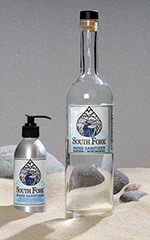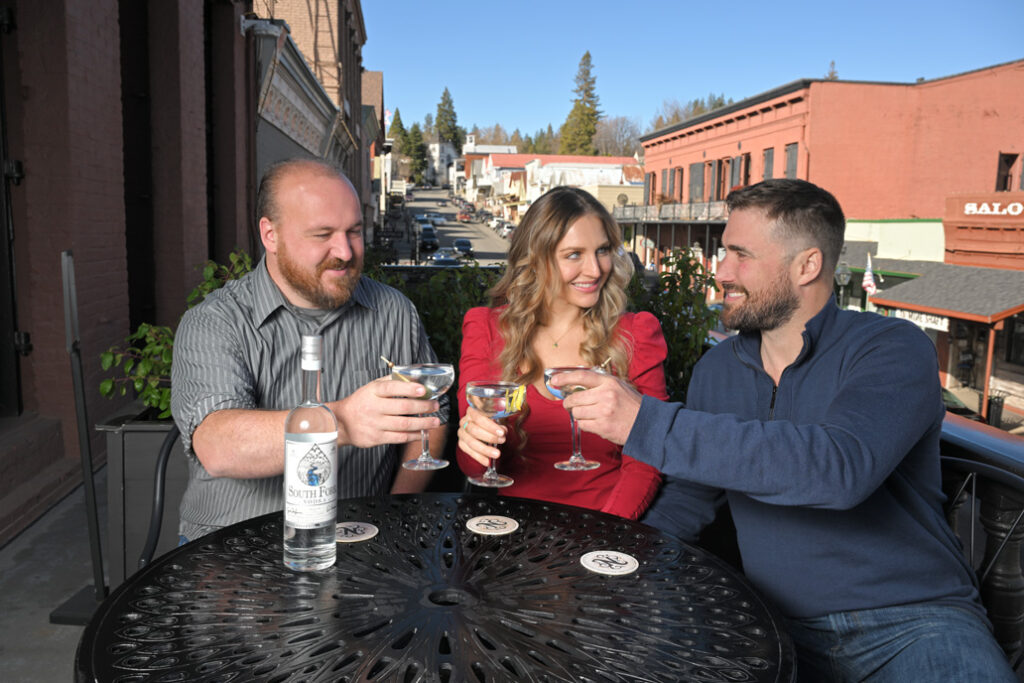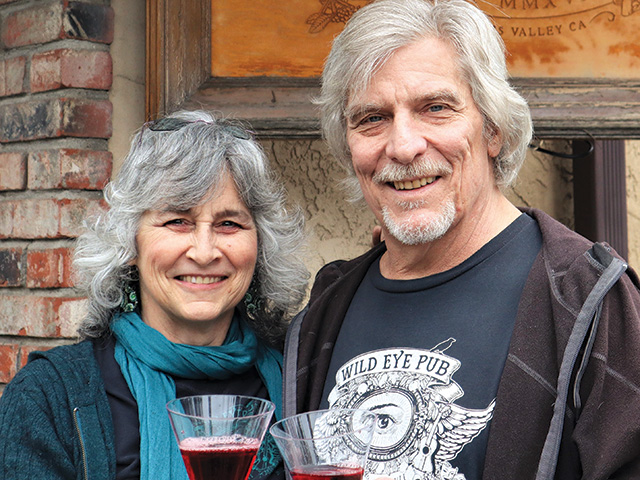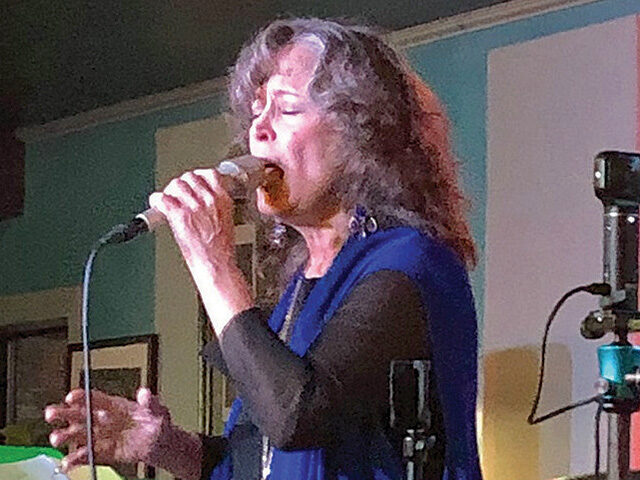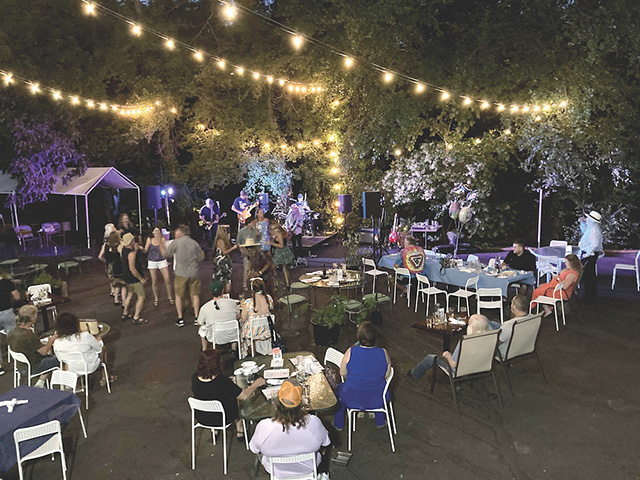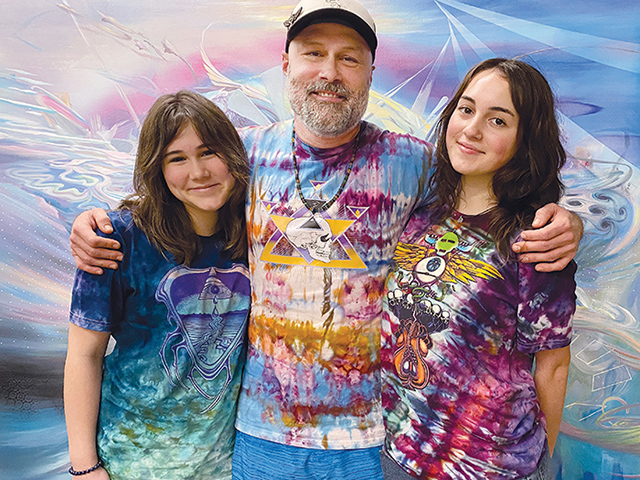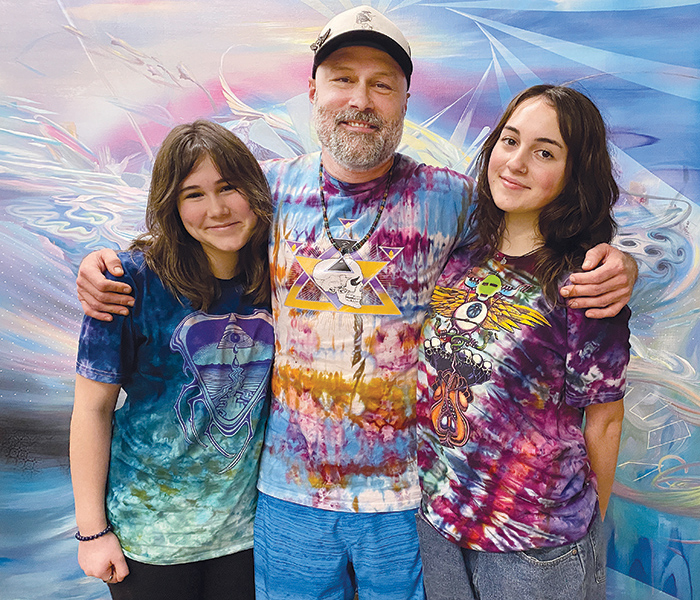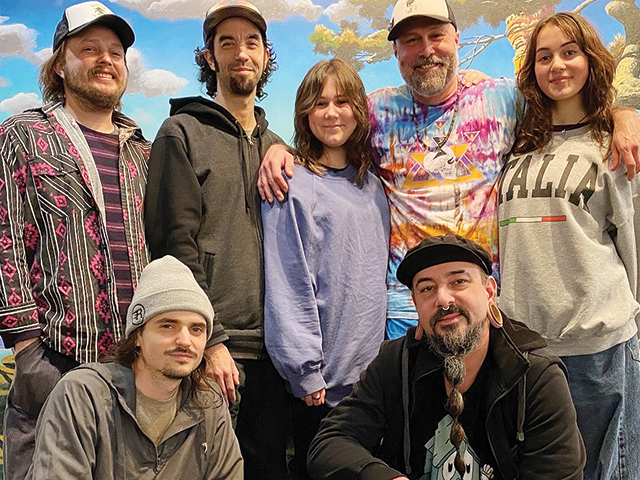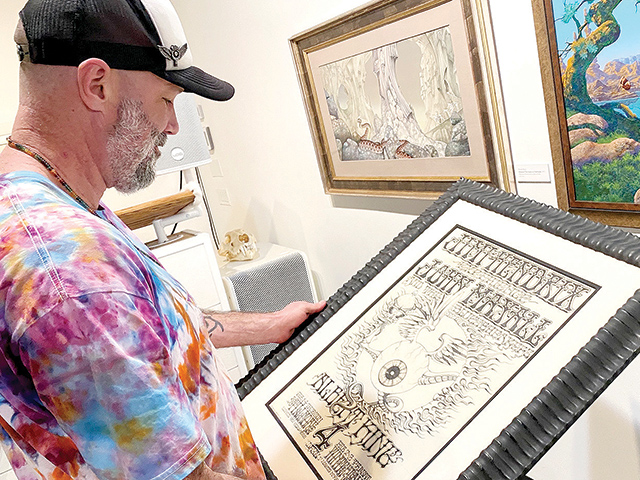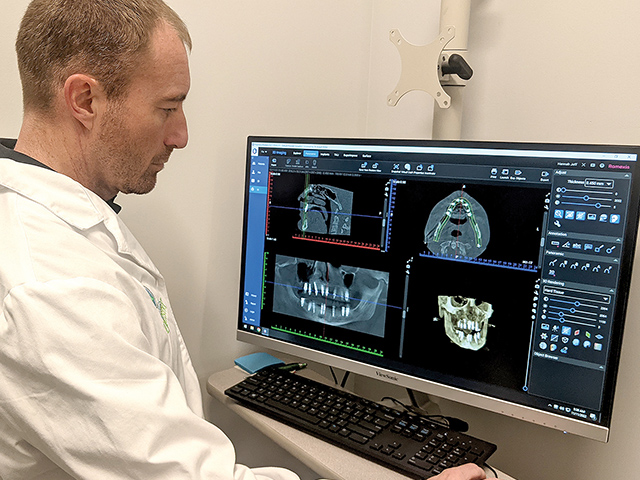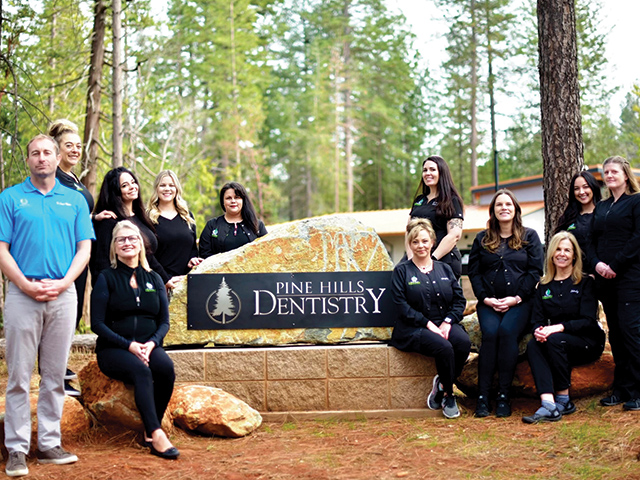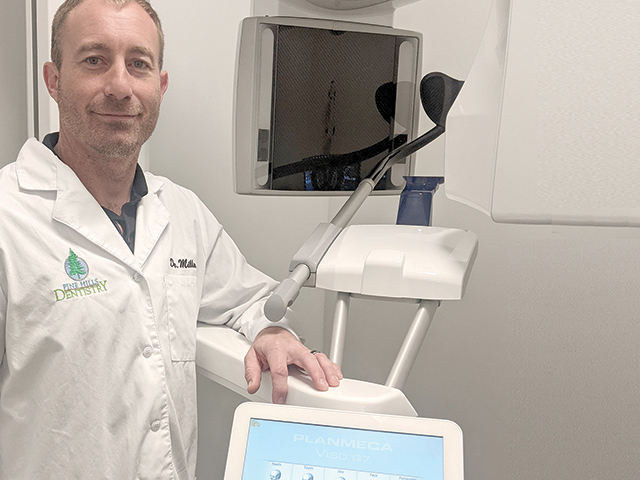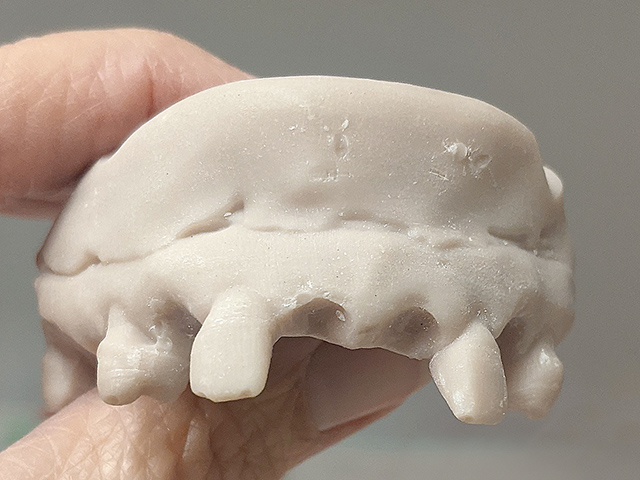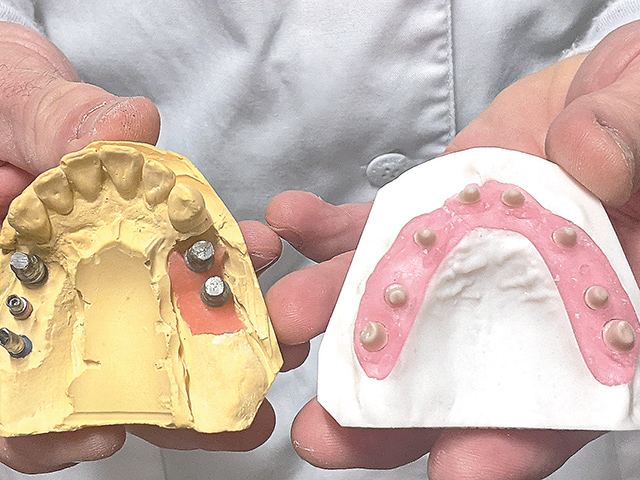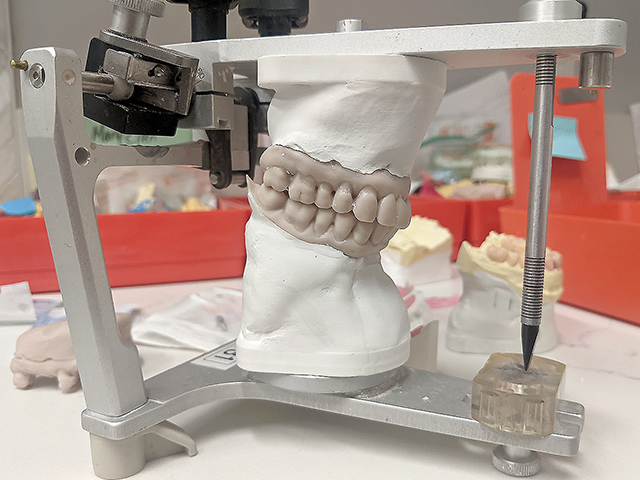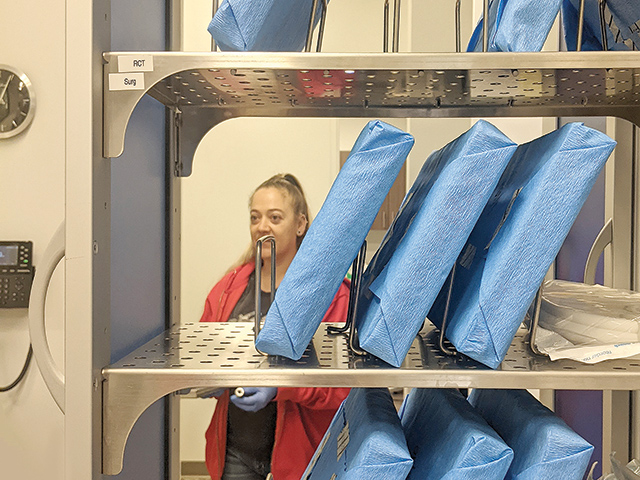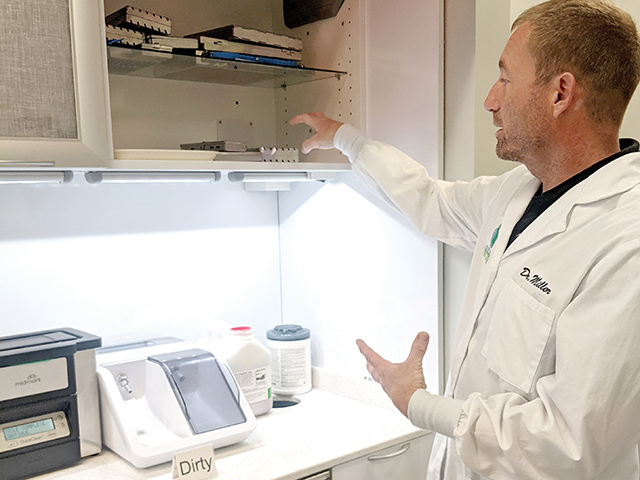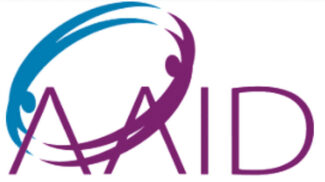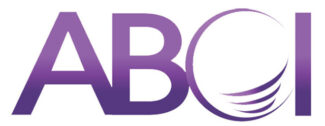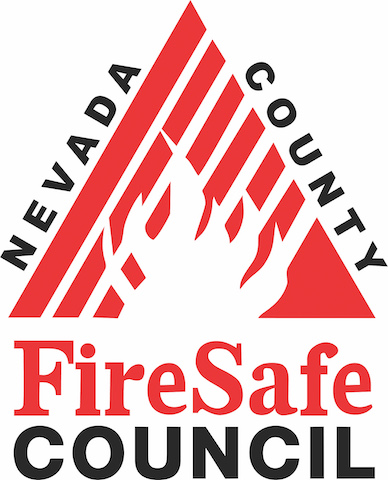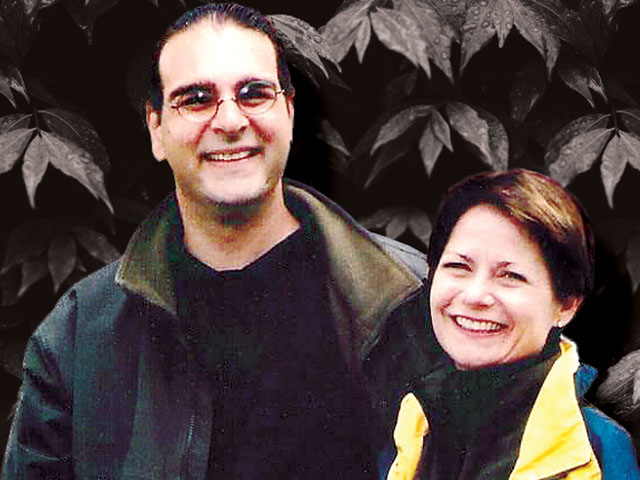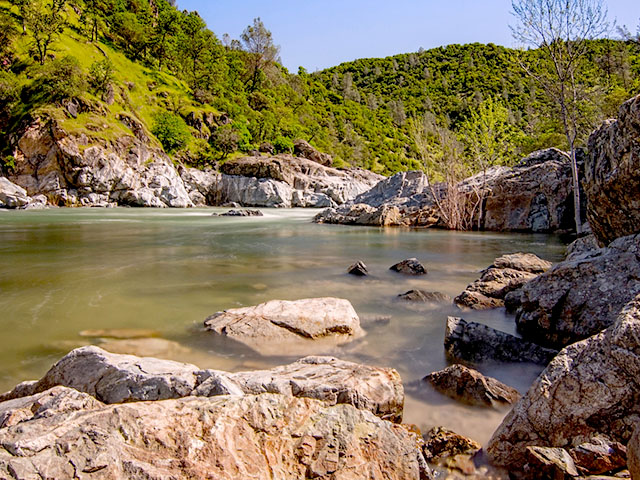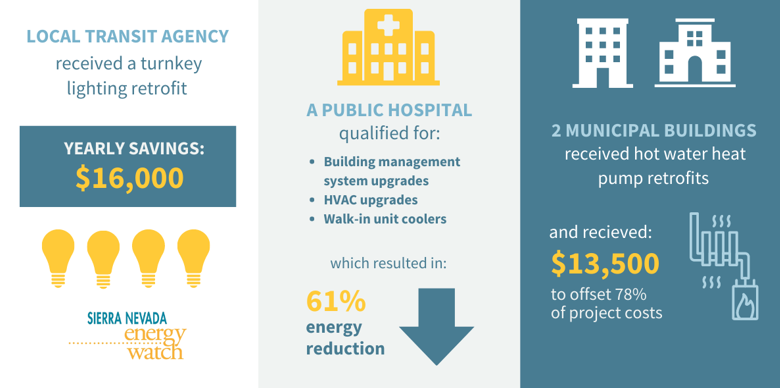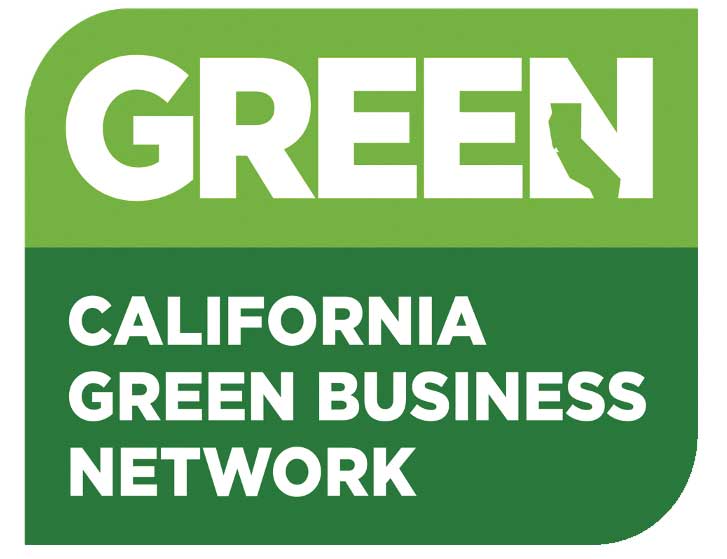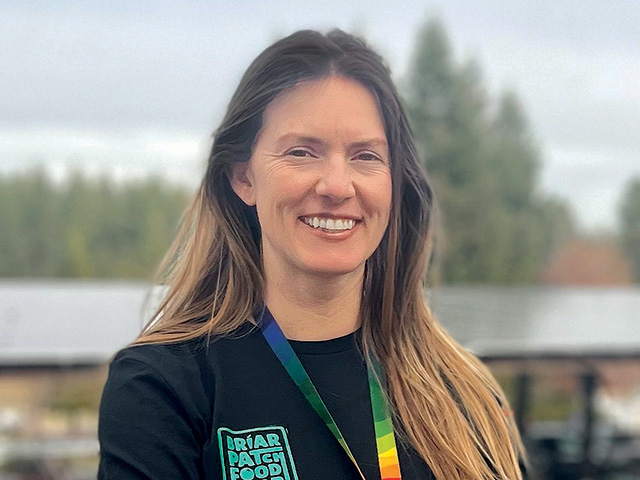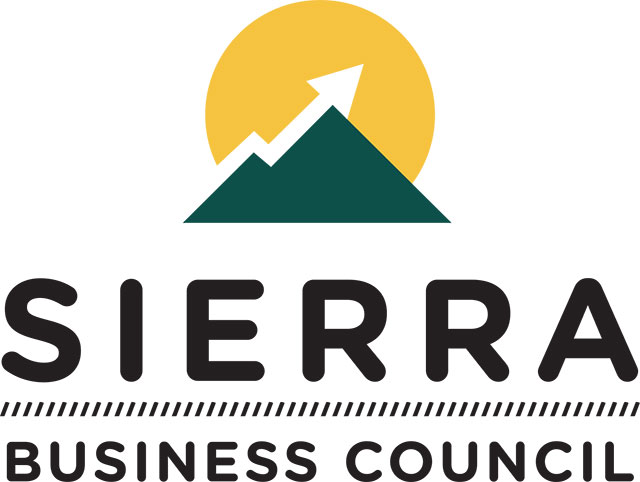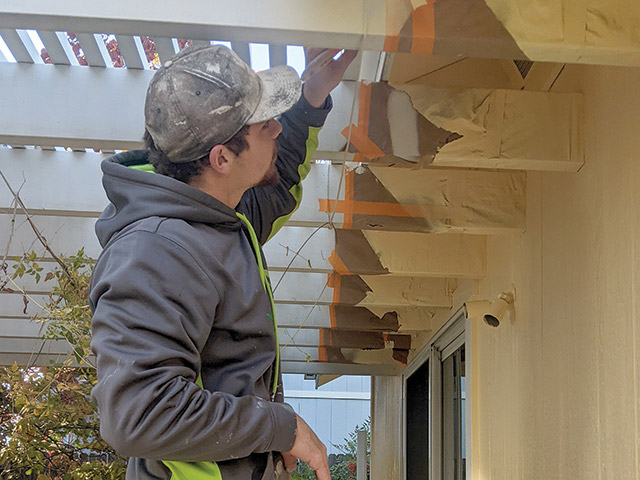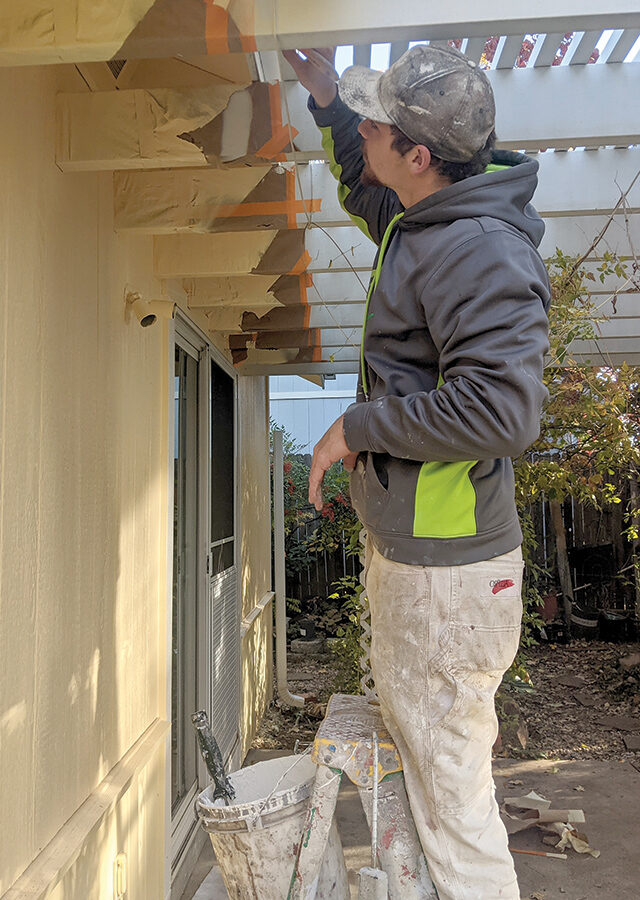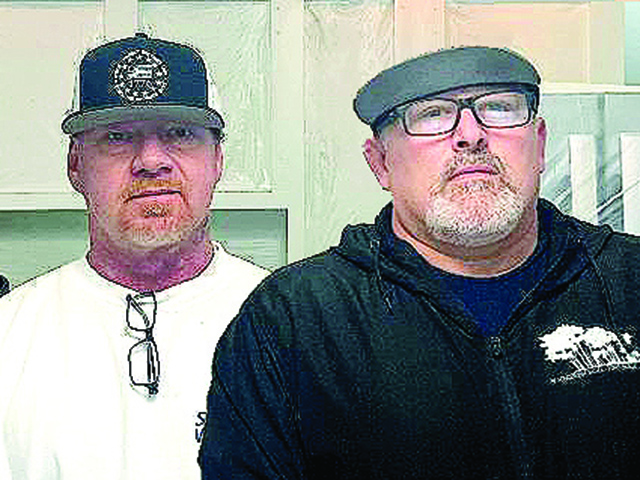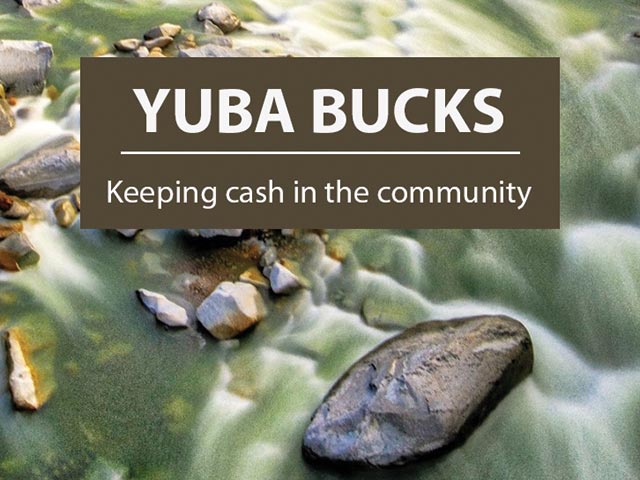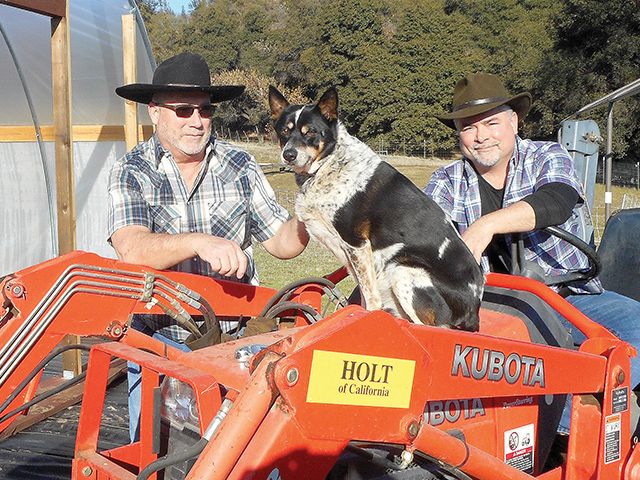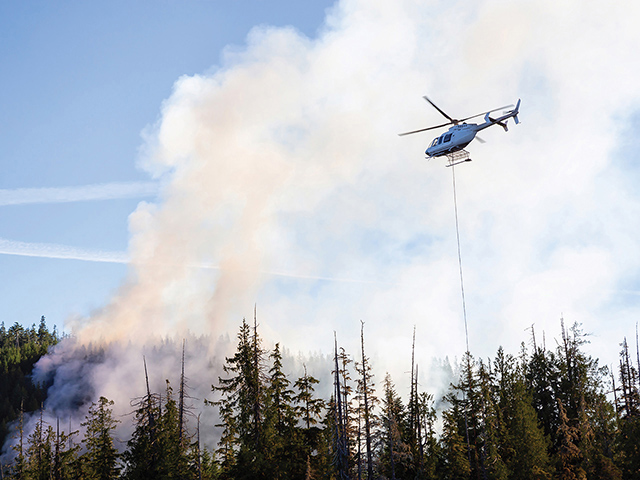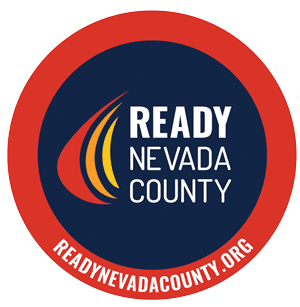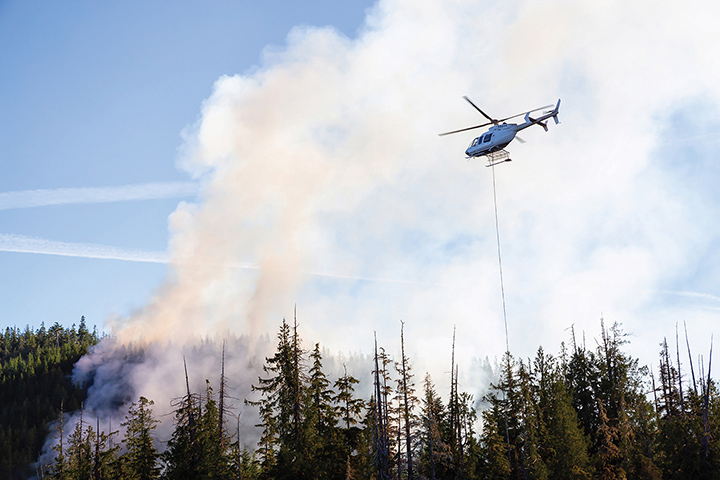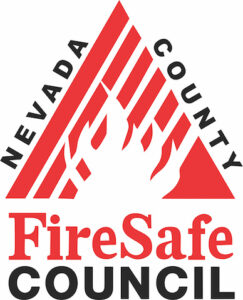Lesson learned: Do the right thing for your community, even if it costs you in the short term.
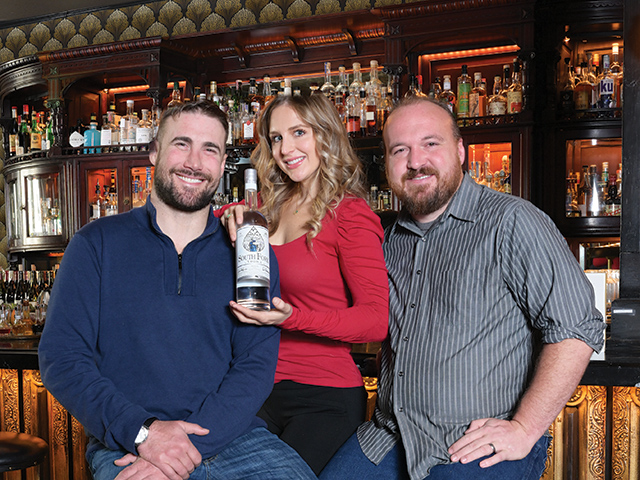
By Trina Kleist
Photos by Kristofer B. Wakefield
Daniel Kennerson, now 33, and Jonathan Dorfman, now 36, both graduated from Nevada Union High School. They didn’t meet until both were working for a U.S. Department of Defense contractor based in the Loma Rica Industrial area of Grass Valley. The engineer and the physicist were trying to induce nuclear fusion, but a sideline was seeking a more efficient way to distill corn ethanol for jet fuel. The contractor eventually shut down, but the duo acquired the facility. While nuclear fusion remained elusive, they realized their ethanol refinement method could be applied handily as a finishing technique to drinkable alcohol, and it would pay the bills. In 2017, South Fork Vodka was born. The name honors the course of their favorite childhood hiking and swimming spots.
Katrina Hajimihalis, now 36, is another NU grad and Dorfman’s wife (they both had been in Mr. Baggett’s choir class). She designed the label with the Old Highway 49 Bridge over the South Yuba River; she also heads the marketing and organizes events. The team incorporated as Satellite Spirits, and they placed their liquor in stores locally and around the San Francisco Bay Area. South Fork Vodka had won five gold and silver awards when the pandemic hit in early 2020. “Seven out of 10 of our customer locations were bars or restaurants, and they were all shutting down,” Kennerson recalls.
Meanwhile, panic buying and profiteering exhausted supplies of hand sanitizer, including for the local hospital. Amid the chaos of the daily news, the team learned it was possible to create sanitizer from spirits by following World Health Organization protocols. Their fear – “what are we going to do about our employees?” Kennerson recalls thinking – yielded to an idea: “We wondered, would we be breaking any rules if we (made hand sanitizer) too?” Kennerson recalls. “The answer was, maybe, but nobody’s going to be upset with you.” Satellite Spirits was among the first in California to get an emergency license to make sanitizer from liquor, Dorfman says.

“We just shifted gears in the span of about two weeks,” Kennerson continues. They made their first batch, eventually giving 4,500 gallons to Sierra Nevada Memorial Hospital for free. “We started to hear the same problem was happening with first responders, senior care facilities, all sorts of places.” They donated all over town: to daycare centers, chambers of commerce, private care-givers, postal workers and package delivery companies. They packaged the stuff into rubber-corked vodka bottles, and cases of it went on sale in local grocery stores when national brands were zilch. Hajimihalis recalls trying to source pump bottles: “I’d find some place that had some, then I’d call Jon and say, ‘This guy has pump bottles.’ He’d say, ‘OK,’ and I’d call the guy back, and somebody else had already bought them.”
Sanitizer for the Brave
They made hand sanitizer for most of 2020. “We became one of the largest hand sanitizer producers in the state,” Dorfman says. “We weren’t thinking of it in that way at that time, but as it turns out, it was some of the best advertising we ever could have asked for,” Kennerson adds.
As establishments reopened, the little pump bottles stood at tables and cashier counters all over western Nevada County. People remembered with gratitude the label with the beloved local icon. “We were like, yeah, we also make vodka. It’s super-highly rated, you should give it a try some time,” Kennerson chuckles.
Local Recognition
More than two years later, the team is sitting in a local saloon. A bottle of South Fork Vodka is standing on the table next to cocktails. A woman comes over with a smile of recognition on her face. “Are you the people who make the hand sanitizer?” she says, pointing to the bottle. She’s a local dentist, committed to supporting local businesses, and she wants to buy more sanitizer for her practice. Kennerson promises to see if they still have any, and he takes her business card.
While hand sanitizer sales have faded, the liquor side of the business is gushing. South Fork Vodka keeps winning gold medals. Sales have grown 70 percent since 2017, Kennerson says. The company has expanded into gin – a London medium – dry and an herbaceous blend – and is experimenting with whiskey. The team has partnered with the Truckee-Tahoe Humane Society to raise funds, using block-chain systems for online sales of digital art. Improvements are afoot at the distillery, and they plan to enlarge distribution in their core market stretching from the Bay Area to Lake Tahoe.
But Nevada County remains at the core, the relationship bonded in the crucible of coming through the pandemic together.
“Helping the community is a good decision, Kennerson says.
